Support Hyperallergic’s independent arts journalism.

Flags from Botanical Shakespeare: An Illustrated Compendium of All the Flowers, Fruits, Herbs, Trees, Seeds, and Grasses Cited by the World’s Greatest Playwright, by Gerit Quealy with illustrations by Sumié Hasegawa-Collins (courtesy Harper Design)
From Ophelia’s bouquet in Hamlet, brimming with rosemary “for remembrance” and pansies “for thoughts,” to the “root of hemlock digged i’th’ dark” that boils in the witches’ cauldron in Macbeth, William Shakespeare’s plays are lush with botanical references. Out this month from Harper Design, Botanical Shakespeare: An Illustrated Compendium of All the Flowers, Fruits, Herbs, Trees, Seeds, and Grasses Cited by the World’s Greatest Playwright, by Gerit Quealy with illustrations by Sumié Hasegawa-Collins, compiles all of Shakespeare’s floral quotations alongside images of the plants he cites.

Cover of Botanical Shakespeare: An Illustrated Compendium of all the Flowers, Fruits, Herbs, Trees, Seeds, and Grasses Cited by the World’s Greatest Playwright, by Gerit Quealy with illustrations by Sumié Hasegawa-Collins (courtesy Harper Design)
In the introduction to Botanical Shakespeare, whose full, sprawling title is worthy of the Elizabethan era, historian Quealy writes: “Our aim was to put a ‘face’ with the plant name, paired with all the attendant quotes, so you could better see the Bard’s interior landscape, if you will.” Hasegawa-Collins’s illustrations turn the compact hardback into a modern version of the herbals that likely informed Shakespeare’s plant expertise. Quealy notes that, during the reign of Queen Elizabeth, “publishing went into overdrive, first with translations of popular material from Europe, which included botany books, then with homegrown versions in just about every genre.”
Home remedies were also common knowledge in an era of informal medicine, and vegetable gardens were grown at most English homes. Quealy states that there are “roughly 175 specific mentions” of plants in Shakespeare’s plays, “with even more general references and commentary on planting, pruning, growing, grafting, weeding, seeding, folklore galore, and tributes.” Botanical Shakespeare arranges them alphabetically, so that familiar references like Juliet’s “What’s in a name? That which we call a rose by another other name would smell as sweet” mingle with more obscure name-checks like Menenius’s warning “We have some old crab-trees here at home that will not be grafted to your relish,” from Coriolanus.
An index of “syllabic sketches” adds context to the verses. For instance, the rhubarb of Macbeth (“What rhubarb, cyme, or what purgative drug would scour these English hence?”) was from a time when it was used medicinally rather than as food, and the aloe of A Lover’s Complaint (“And sweetens, in the suffering pangs it bears, the aloes of all forces, shocks, and fears”) referenced a more bitter plant that served as an evacuant treatment rather than a balm. (Purging was unfortunately the goal of many Elizabethan cures.)

Pages from Botanical Shakespeare: An Illustrated Compendium of All the Flowers, Fruits, Herbs, Trees, Seeds, and Grasses Cited by the World’s Greatest Playwright (photo by the author for Hyperallergic)
As plants appear in the Bard’s writing so frequently, Botanical Shakespeare is far from the first study of them. A 2016 exhibition at the Currier Museum of Art called Shakespeare’s Potions paired his writing with historical herbals, and Margaret Willes’s 2015 book A Shakespearean Botanical combined passages with illustrations by herbalist John Gerard, a contemporary of Shakespeare. Even back in the 19th century, Henry Nicholson Ellacombe created an extensive text called The plant-lore and garden-craft of Shakespeare. There are also the physical Shakespeare gardens with cultivated specimens mentioned in the plays, such as one at the Brooklyn Botanic Garden, which has over 80 cited plants, and the four-acre landscape in Central Park that dates to 1913 (the Manhattan park was also the site of an infamous release of European starlings in 1890, part of a scheme to introduce all the birds of Shakespeare into North America).
Like Oberon spying Titania asleep on a “bank where the wild thyme blows, / Where oxlips and the nodding violet grows” (A Midsummer Night’s Dream), there’s something entrancing about the Bard’s floral imagery. The actress Helen Mirren references this attraction in her foreword to Botanical Shakespeare. She writes that her “penchant for gardening came during my time with the Royal Shakespeare Company in Stratford,” where the “physicality of the material and the material world of plants sort of converged.”

Fumiter and furze from Botanical Shakespeare: An Illustrated Compendium of All the Flowers, Fruits, Herbs, Trees, Seeds, and Grasses Cited by the World’s Greatest Playwright, by Gerit Quealy with illustrations by Sumié Hasegawa-Collins (courtesy Harper Design)

Hemlock and hemp from Botanical Shakespeare: An Illustrated Compendium of All the Flowers, Fruits, Herbs, Trees, Seeds, and Grasses Cited by the World’s Greatest Playwright, by Gerit Quealy with illustrations by Sumié Hasegawa-Collins (courtesy Harper Design)
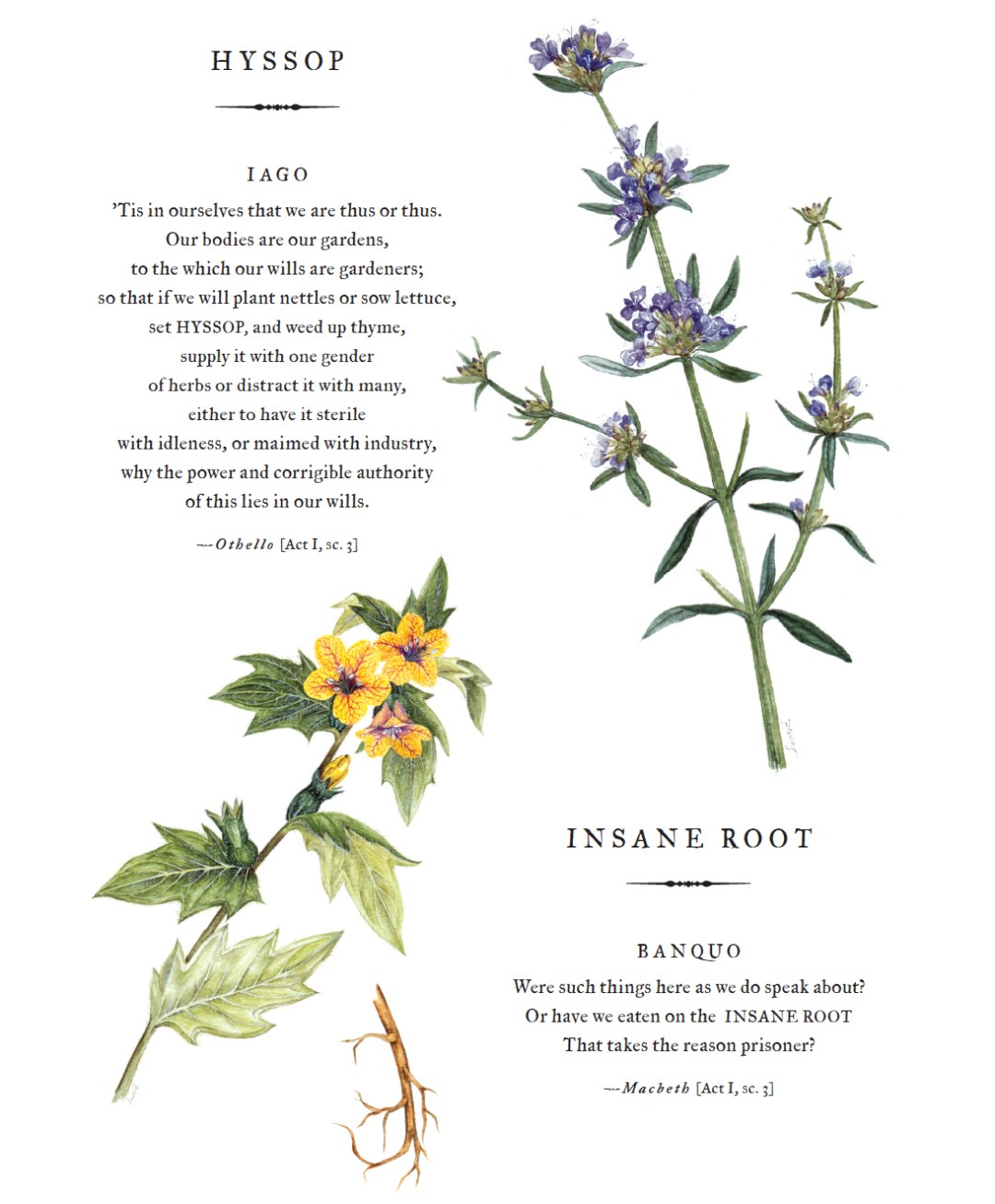
Hyssop and insane root from Botanical Shakespeare: An Illustrated Compendium of All the Flowers, Fruits, Herbs, Trees, Seeds, and Grasses Cited by the World’s Greatest Playwright, by Gerit Quealy with illustrations by Sumié Hasegawa-Collins (courtesy Harper Design)

Mandrake and mandragora from Botanical Shakespeare: An Illustrated Compendium of All the Flowers, Fruits, Herbs, Trees, Seeds, and Grasses Cited by the World’s Greatest Playwright, by Gerit Quealy with illustrations by Sumié Hasegawa-Collins (courtesy Harper Design)

Moss from Botanical Shakespeare: An Illustrated Compendium of All the Flowers, Fruits, Herbs, Trees, Seeds, and Grasses Cited by the World’s Greatest Playwright, by Gerit Quealy with illustrations by Sumié Hasegawa-Collins (courtesy Harper Design)

Poppy and potato from Botanical Shakespeare: An Illustrated Compendium of All the Flowers, Fruits, Herbs, Trees, Seeds, and Grasses Cited by the World’s Greatest Playwright, by Gerit Quealy with illustrations by Sumié Hasegawa-Collins (courtesy Harper Design)
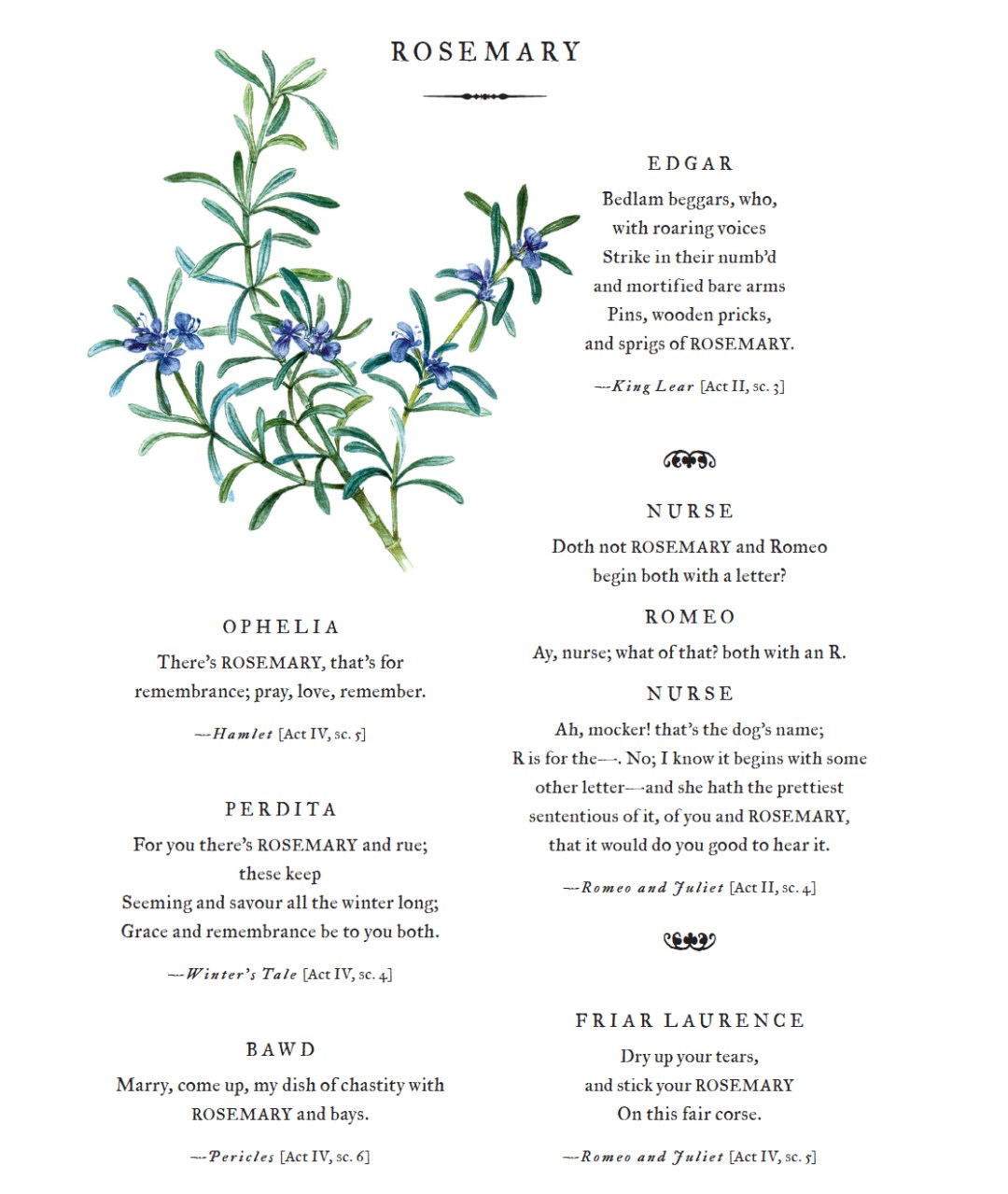
Rosemary from Botanical Shakespeare: An Illustrated Compendium of All the Flowers, Fruits, Herbs, Trees, Seeds, and Grasses Cited by the World’s Greatest Playwright, by Gerit Quealy with illustrations by Sumié Hasegawa-Collins (courtesy Harper Design)
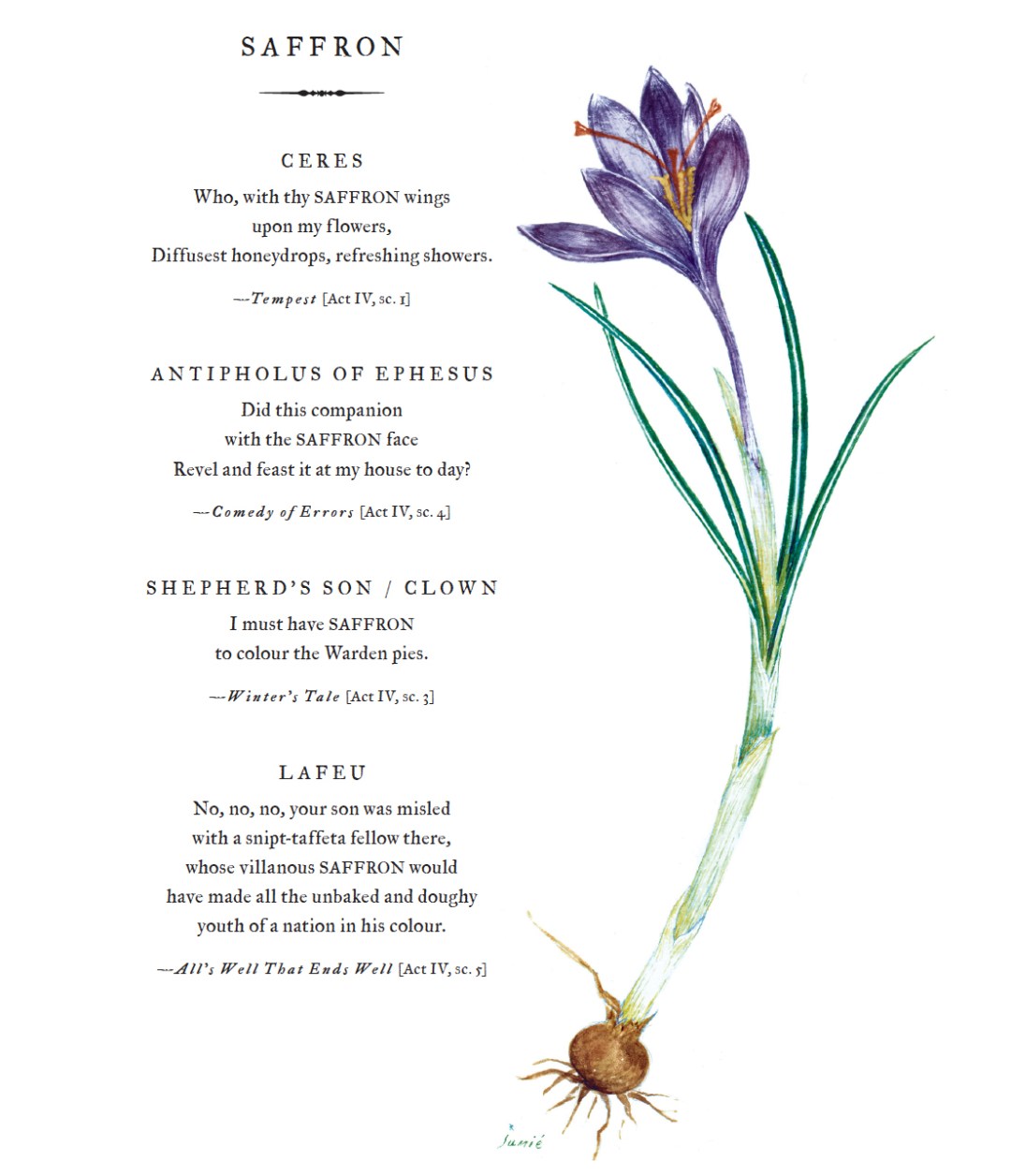
Saffron from Botanical Shakespeare: An Illustrated Compendium of All the Flowers, Fruits, Herbs, Trees, Seeds, and Grasses Cited by the World’s Greatest Playwright, by Gerit Quealy with illustrations by Sumié Hasegawa-Collins (courtesy Harper Design)

Violet from Botanical Shakespeare: An Illustrated Compendium of All the Flowers, Fruits, Herbs, Trees, Seeds, and Grasses Cited by the World’s Greatest Playwright, by Gerit Quealy with illustrations by Sumié Hasegawa-Collins (courtesy Harper Design)
Botanical Shakespeare: An Illustrated Compendium of all the Flowers, Fruits, Herbs, Trees, Seeds, and Grasses Cited by the World’s Greatest Playwright by Gerit Quealy with illustrations by Sumié Hasegawa-Collins is published by Harper Design.


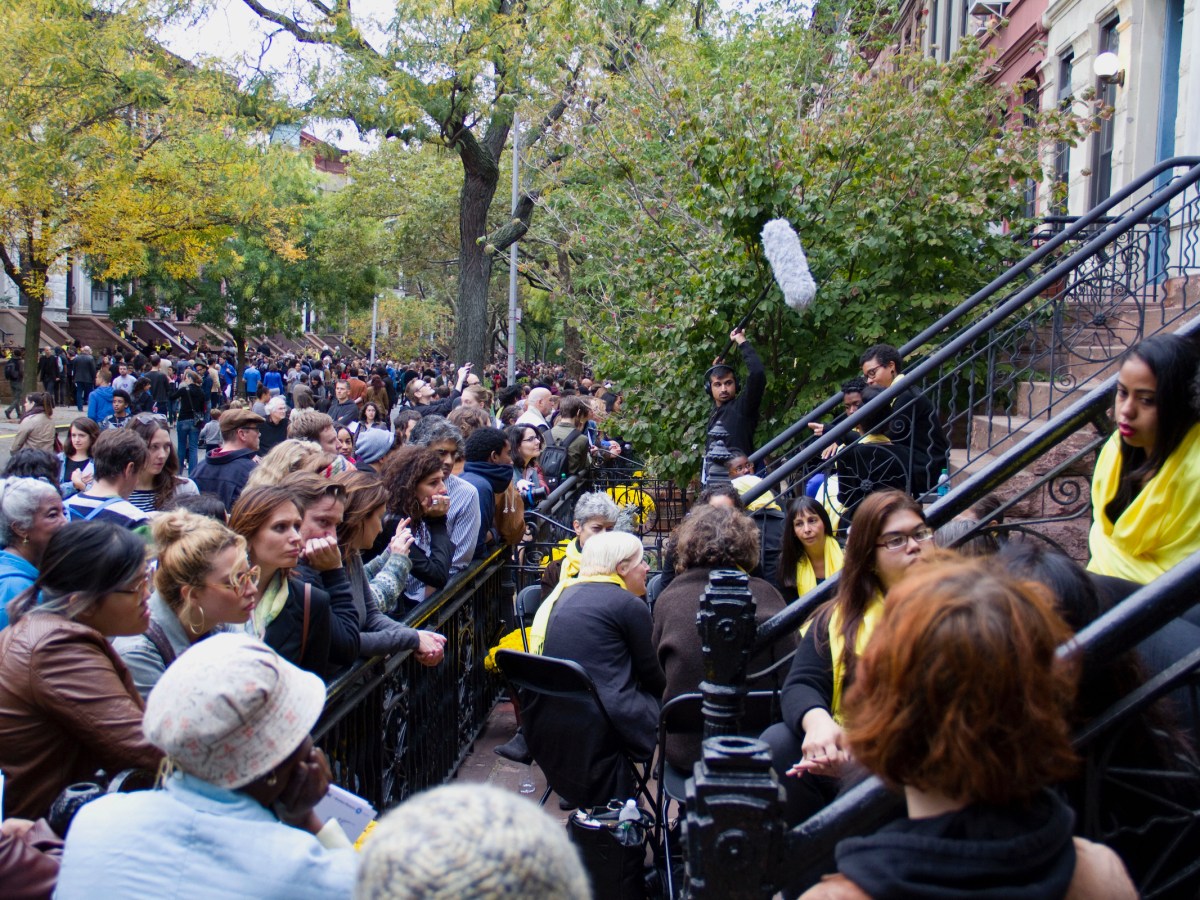


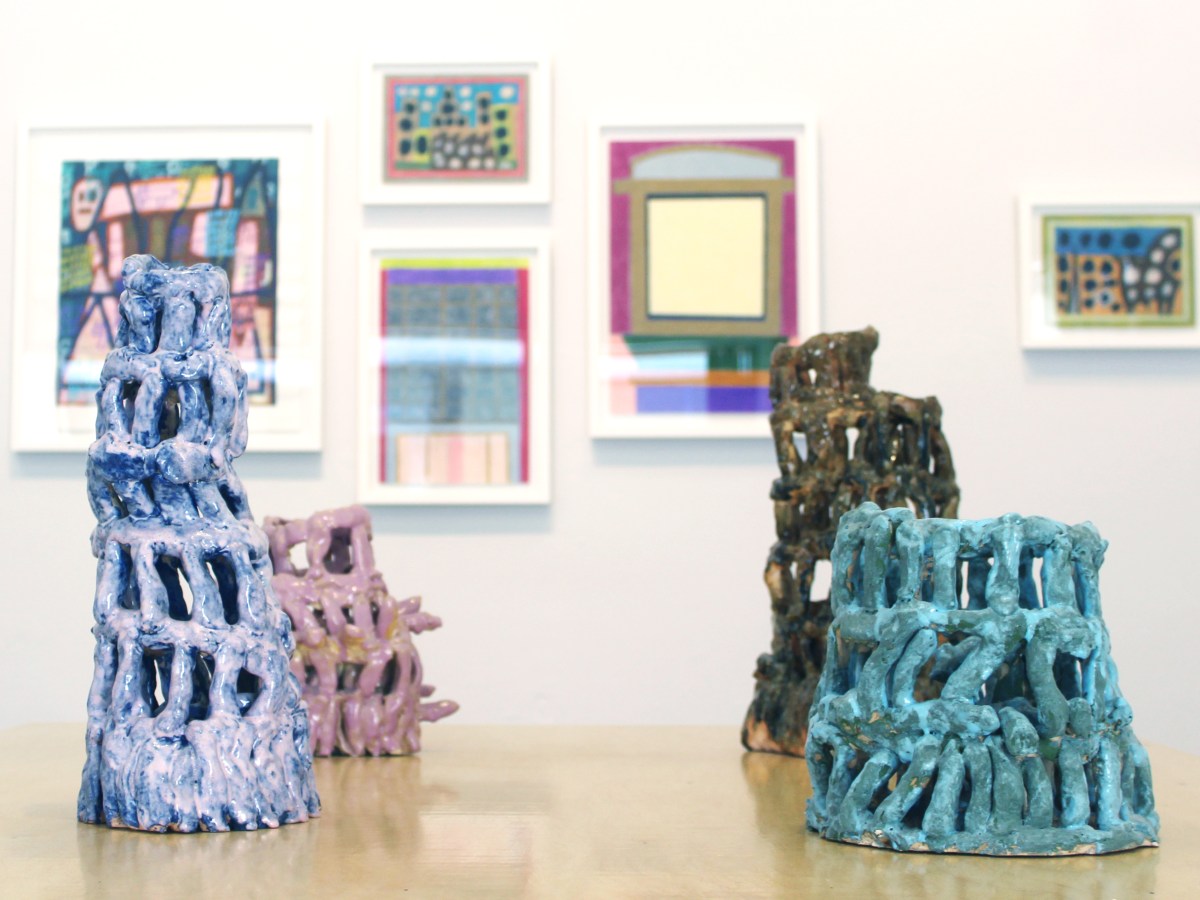

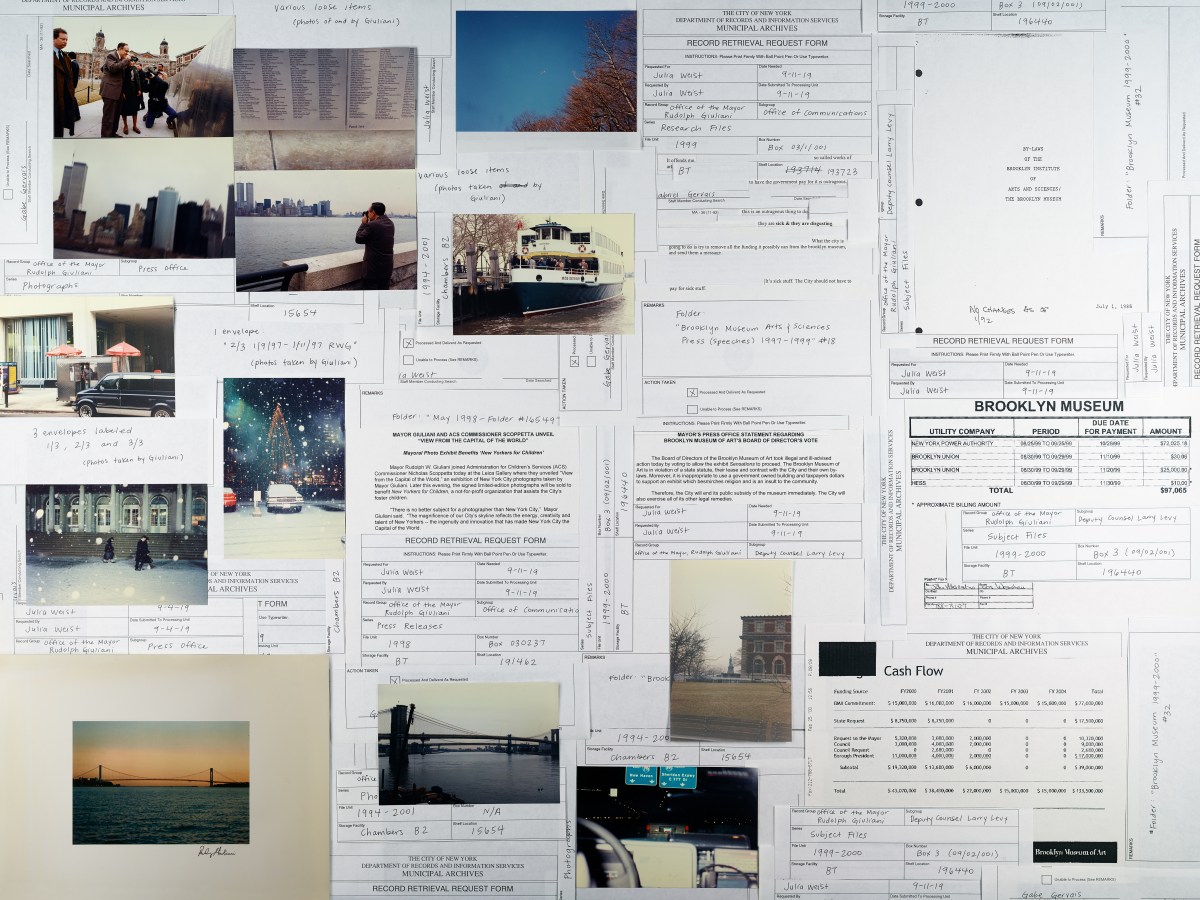
You must be logged in to post a comment.